This article contains a useful map. See the link in the article.
IPCC’s new interactive atlas reveals how climate change will shape weather around the world.

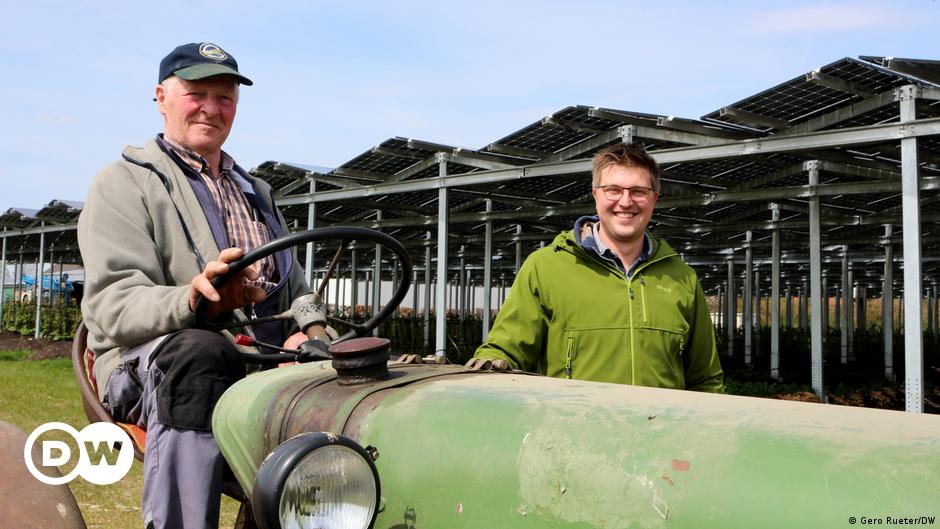
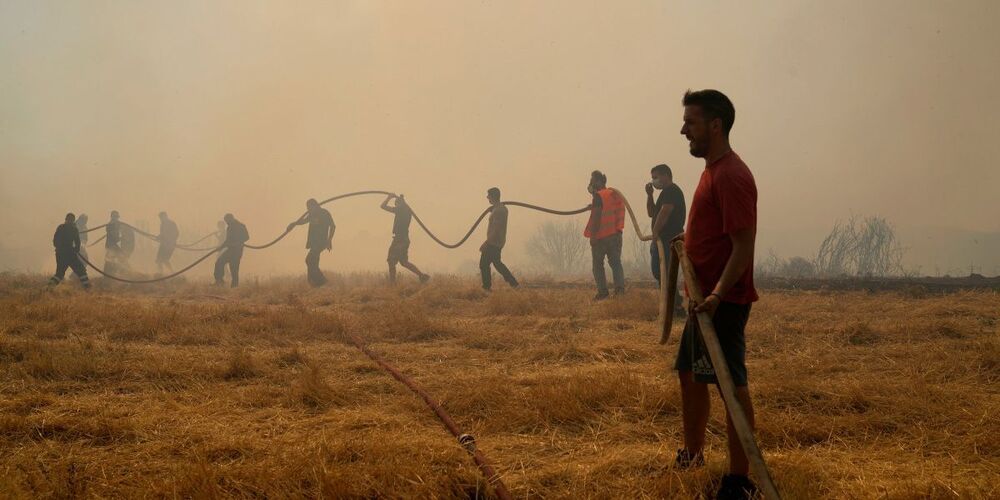
The model used to create the most optimistic scenario in the report, which limits warming to 1.5 ˚C, assumes the world will figure out ways to remove about 5 billion tons of carbon dioxide a year by midcentury and 17 billion by 2100. (The scenario is known as SSP1-1.9, and those figures are based on an analysis of earlier data by Zeke Hausfather, a climate scientist at the Breakthrough Institute and contributing author on the UN assessment.)
The UN’s long-awaited climate report, released on Monday, offered a stark reminder that removing massive amounts of carbon dioxide from the atmosphere will be essential to prevent the gravest dangers of global warming. But it also underscored that the necessary technologies barely exist—and will be tremendously difficult to deploy.
Global temperatures will continue to rise through midcentury no matter what we do at this point, according to the first installment of the Intergovernmental Panel on Climate Change’s sixth assessment report. How much hotter it gets, however, will depend on how rapidly we cut emissions and how quickly we scale up ways of sucking carbon dioxide out of the air.
Climate scientists say we’ll need to do carbon removal, in part, to balance out the emissions sources we still don’t know how to eliminate or clean up, like flights and fertilizer. The other, more ominous reason is we may well need to pull the planet back after it blows through dangerous temperature thresholds.

Accelerating norway towards a low-carbon economy — bjørn kjærand haugland, co-founder and CEO, skift.
Bjørn Haugland is the co-founder and Chief Executive Officer of SKIFT Business Climate Leaders (https://www.skiftnorge.no/english), a Norwegian business-led climate initiative with a mission to accelerate the transition to a low-carbon economy and support the government in delivering on its national climate commitments by 2030. The coalition hopes to demonstrate, to businesses and the government, the business potential that exists in the low-carbon economy and help drive the transition.
Mr. Haugland is the former Executive Vice President and the Chief Sustainability Officer in DNV GL Group where he oversaw the groups sustainability performance and drove company-wide sustainability initiatives.
Mr. Haugland has extensive experience assisting multinational companies in areas such as corporate sustainability, innovation and business development. He was responsible for the Global Opportunity Report, a joint initiative together with UN Global Compact and Sustainia, a fact-based sustainability consulting and communication firm.
Mr. Haugland is today a board member at the University of Bergen, WWF, The Peace Research Institute Oslo (PRIO), Sporveien and Kezzler. He is also member of the advisory Board for Centre for Responsible Leadership. He is co-founder of Zeabuz, a new service for urban, emission free, autonomous ferries and Terravera, a tech foundation to make sustainability a reality by giving anyone insights to support their everyday decisions. He is member of the The Norwegian Board of Technology (NBT) that advises the Norwegian Parliament and Government on new technology as well as a member of Norwegian Academy of Technological Sciences.
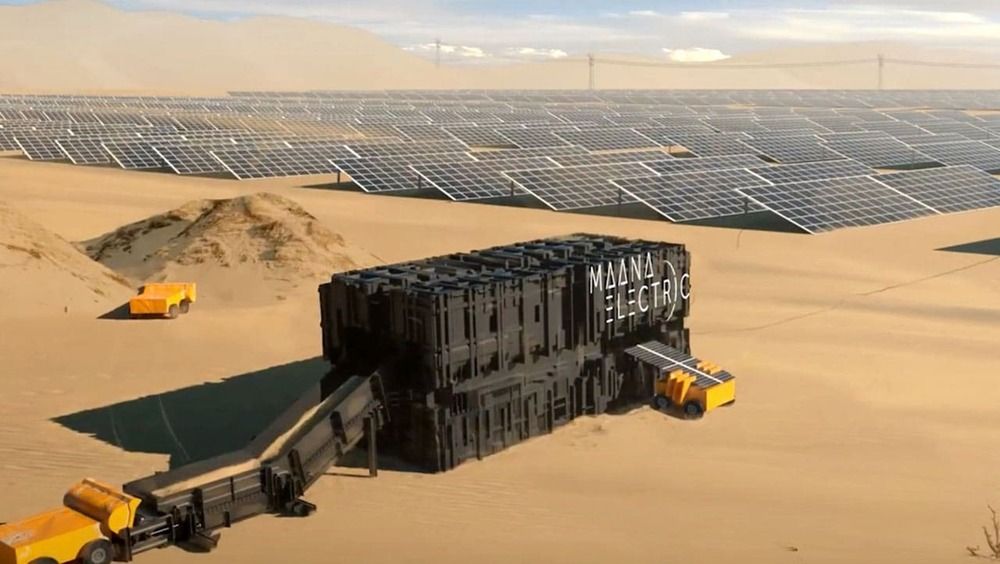
This could revolutionize the way solar panels are produced on Earth and in space. The solar panel manufacturing process also releases oxygen as a by-product, which could be used by future astronauts to create breathable environments in space.
The Luxembourg-based startup Maana Electric will soon be testing its TerraBox, a fully automated factory the size of several shipping containers that takes sand and produces solar panels. The company aims to send these small warehouse container-like boxes, capable of building solar panels using only electricity and sand as inputs, to the deserts of the Earth, in order to contribute to the fight against climate change.
If all goes according to the plans, the technology could reach the Moon, Mars, and beyond as well to help future space colonies meet their energy needs. The TerraBox fits within shipping containers, allowing the mini-factories to be transported to deserts across the globe and produce clean, renewable energy.
In addition to contributing to the fight against climate change, this potentially revolutionary product could also help reduce the dependence of renewable energy operators on China, which manufactures the majority of the world’s photovoltaic solar panels.

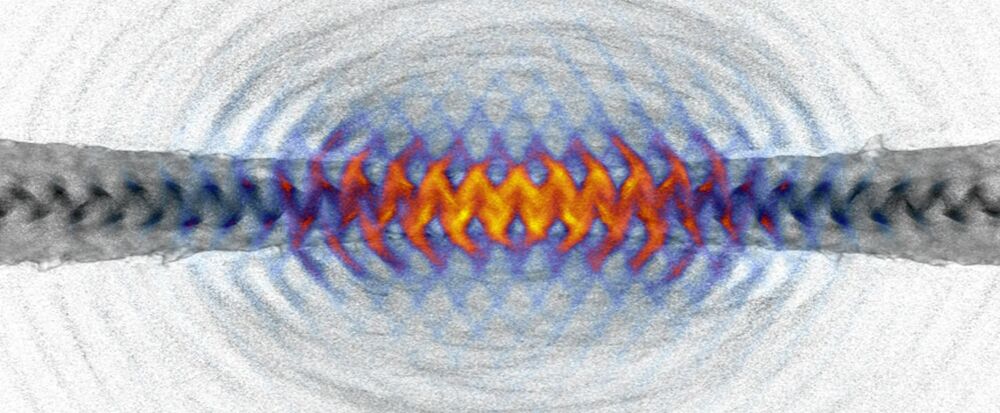
Some of the greatest mysteries in cosmology revolve around antimatter, and it’s hard to study because it’s rare and hard to produce in the lab. Now a team of physicists has outlined a relatively simple new way to create antimatter, by firing two lasers at each other to reproduce the conditions near a neutron star, converting light into matter and antimatter.
In principle, antimatter sounds simple – it’s just like regular matter, except its particles have the opposite charge. That basic difference has some major implications though: if matter and antimatter should ever meet, they will annihilate each other in a burst of energy. In fact, that should have destroyed the universe billions of years ago, but obviously that didn’t happen. So how did matter come to dominate? What tipped the scales in its favor? Or, where did all the antimatter go?
Unfortunately, antimatter’s scarcity and instability make it difficult to study to help answer those questions. It’s naturally produced under extreme conditions, such as lightning strikes, or near black holes and neutron stars, and artificially in huge facilities like the Large Hadron Collider.

With extreme weather causing power failures in California and Texas, it’s increasingly clear that the existing power infrastructure isn’t designed for these new conditions. Past research has shown that nuclear power plants are no exception, with rising temperatures creating cooling problems for them. Now, a comprehensive analysis looking at a broader range of climate events shows that it’s not just hot weather that puts these plants at risk—it’s the full range of climate disturbances.
Heat has been one of the most direct threats, as higher temperatures mean that the natural cooling sources (rivers, oceans, lakes) are becoming less efficient heat sinks. However, this new analysis shows that hurricanes and typhoons have become the leading causes of nuclear outages, at least in North America and South and East Asia. Precautionary shutdowns for storms are routine, and so this finding is perhaps not so surprising. But other factors—like the clogging of cooling intake pipes by unusually abundant jellyfish populations—are a bit less obvious.
Overall, this latest analysis calculates that the frequency of climate-related nuclear plant outages is almost eight times higher than it was in the 1990s. The analysis also estimates that the global nuclear fleet will lose up to 1.4 percent—about 36 TWh—of its energy production in the next 40 years and up to 2.4 percent, or 61 TWh, by 2081–2100.
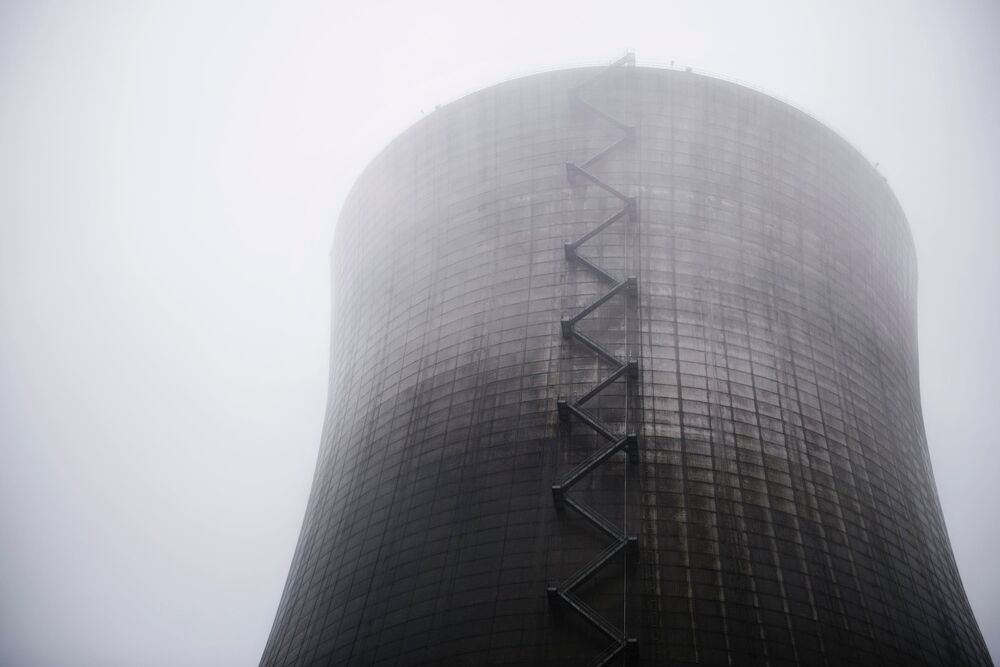
According to the UCS report, however, sodium-cooled fast reactors such as Natrium would likely be less uranium-efficient and would not reduce the amount of waste that requires long-term isolation. They also could experience safety problems that are not an issue for light-water reactors. Sodium coolant, for example, can burn when exposed to air or water, and the Natrium’s design could experience uncontrollable power increases that result in rapid core melting.
Unlike light-water reactors, these non-light-water designs rely on materials other than water for cooling. Some developers contend that these reactors, still in the concept stage, will solve the problems that have plagued light-water reactors and be ready for prime time by the end of this decade.
The siren song of a cheap, safe and secure nuclear reactor on the horizon has attracted the attention of Biden administration officials and some key members of Congress, who are looking for any and all ways to curb carbon emissions. But will so-called advanced reactors provide a powerful tool to combat climate change? A Union of Concerned Scientists (UCS) analysis of non-light-water reactor concepts in development suggests that outcome may be as likely as Energy Commission Chairman Lewis Strauss’ famous 1954 prediction that electricity generated by nuclear energy would ultimately become “too cheap to meter.” Written by UCS physicist Edwin Lyman, the 140-page report found that these designs are no better—and in some respects significantly worse—than the light-water reactors in operation today.
Lyman took a close look at the claims developers have been making about the three main non-light-water designs: sodium-cooled fast reactors, high-temperature gas-cooled reactors and molten salt–fueled reactors. With little hard evidence, many developers maintain they will be cheaper, safer and more secure than currently operating reactors; will burn uranium fuel more efficiently, produce less radioactive waste, and reduce the risk of nuclear proliferation; and could be commercialized relatively soon. Those claims, however, do not hold up to scrutiny.